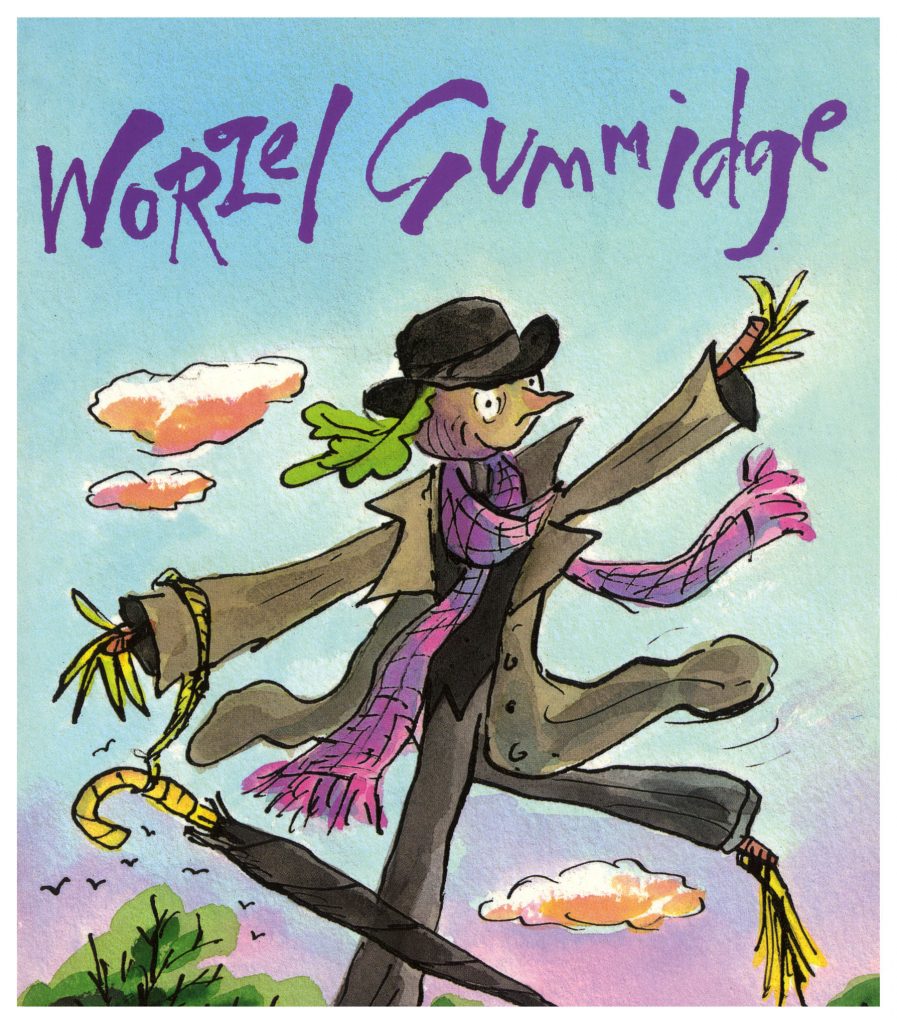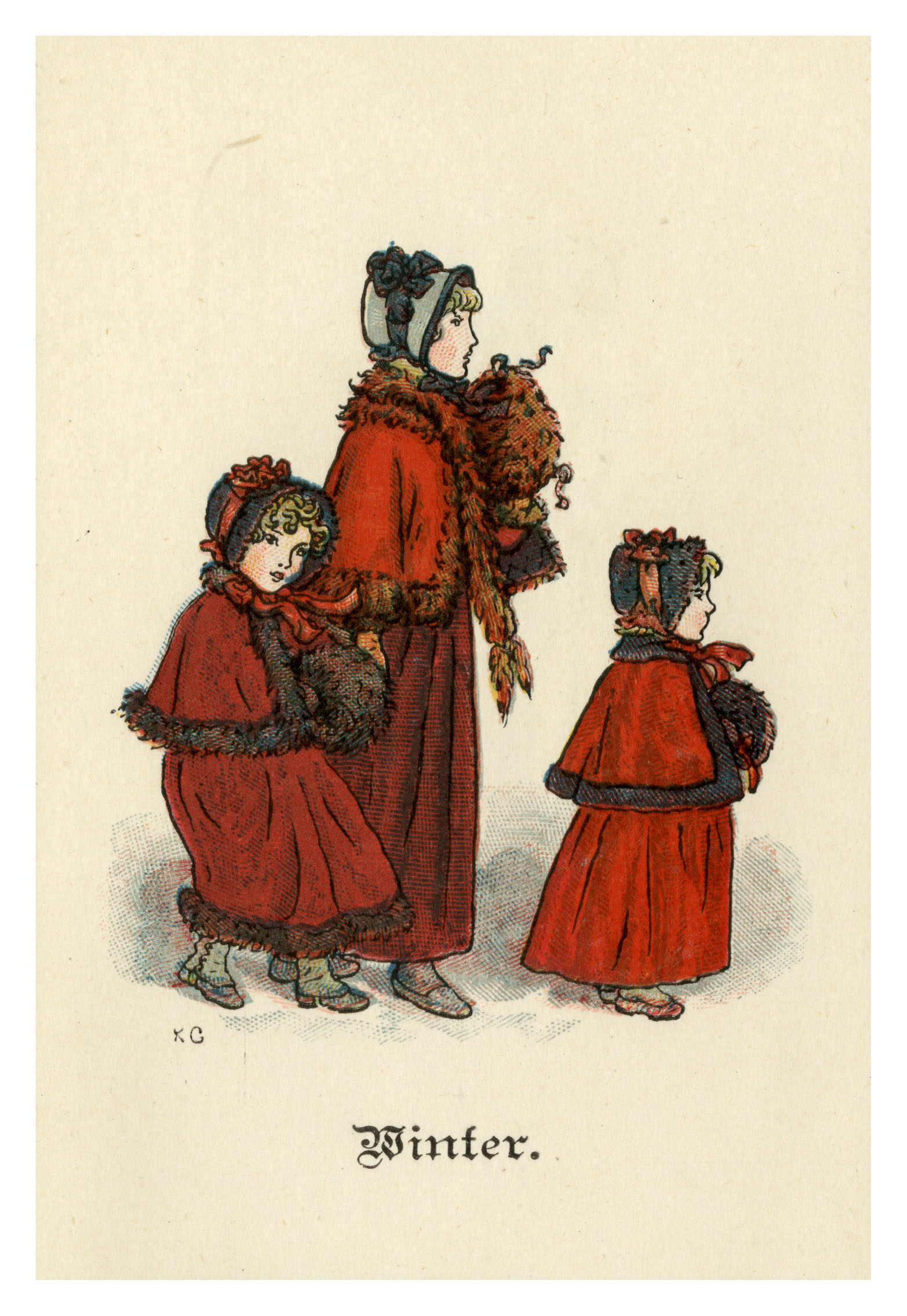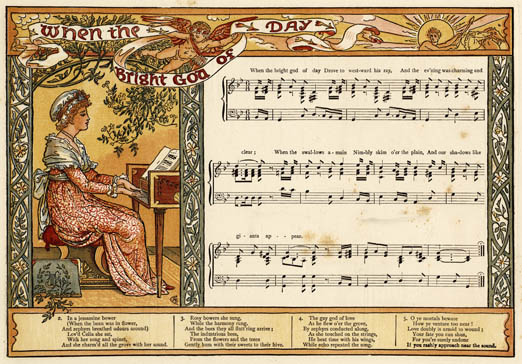‘The Fig Tree’ illustration from Elizabeth Blackwell’s Herbal Vol. 1
Plate 125. The Fig Tree. Ficus.
It seldome grows to be a Tree of any great Bigness in England; the Leaves are a grass Green and the Fruit when ripe of a brownish Green; it beareth no visible Flowers, which makes it believed they are hid in the Fruit.
Its Native soils are Turky, Spain and Portugal; and its time of Bearing is in Spring and Autumn; the Figs are cured by dipping them in scalding hot Lye, made of ye Ashes of the Guttings of the Tree, and afterwards they dry them carefully in the Sun.
Figs are esteem’d cooling and moistning, good for coughs, shortness of Breath, and all Diseases of the Breast; as also the Stone and Gravel, – and the small Pox and Measels, which they drive out. – Outwardly they are dissolving and ripening, good for Imposthumations and Swellings; and pestilential buboes.
Latin, Ficus. Spanish, Igos. Italian, Fichi: French, Figues. German, Fengen. Dutch Uygen.







